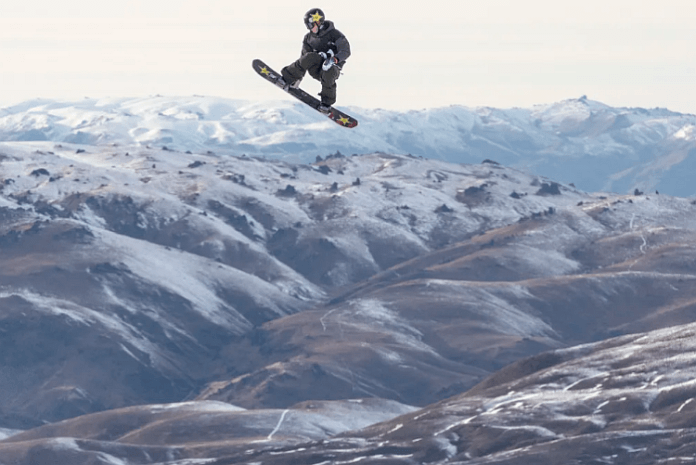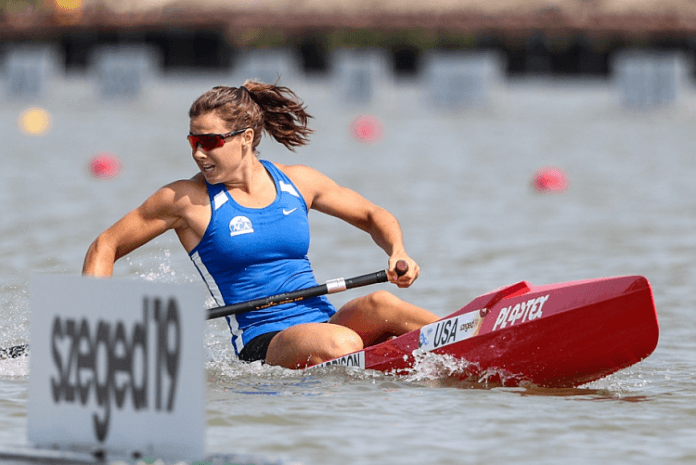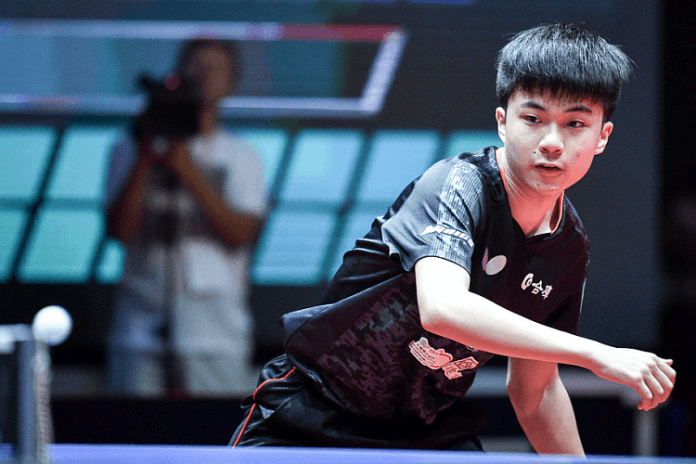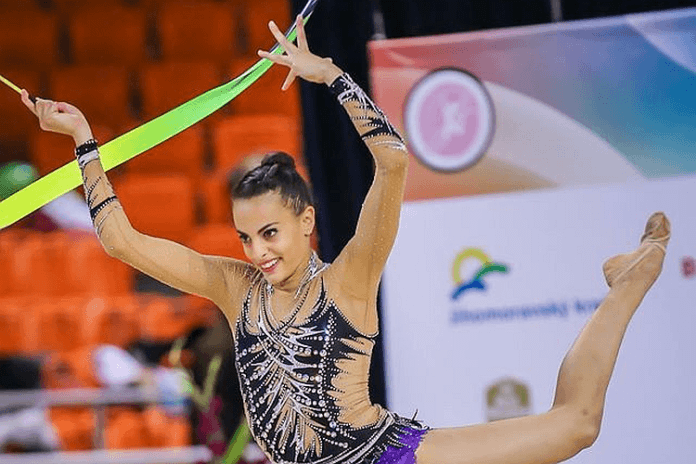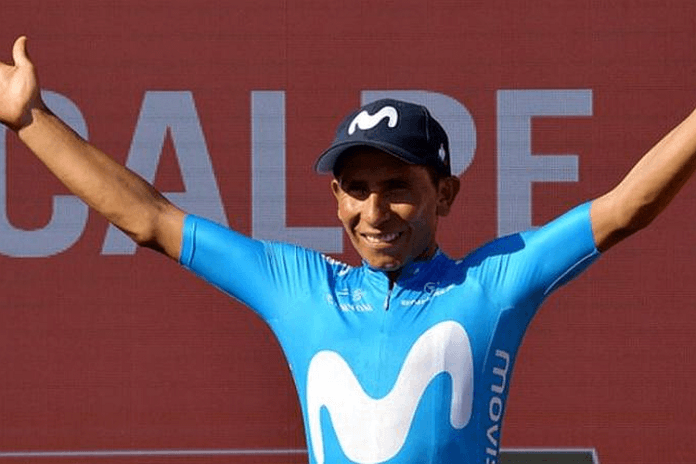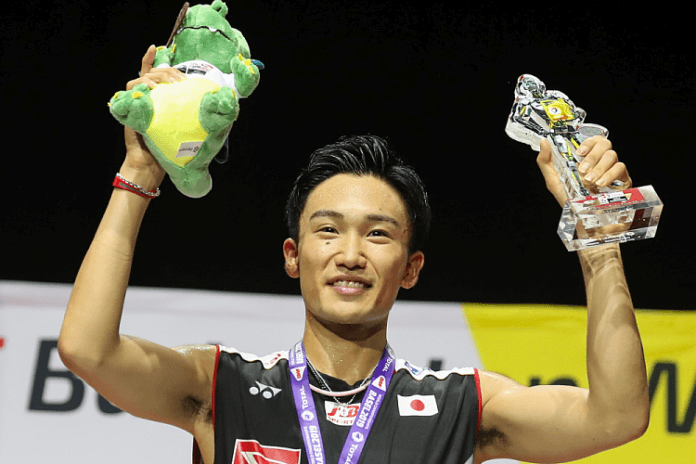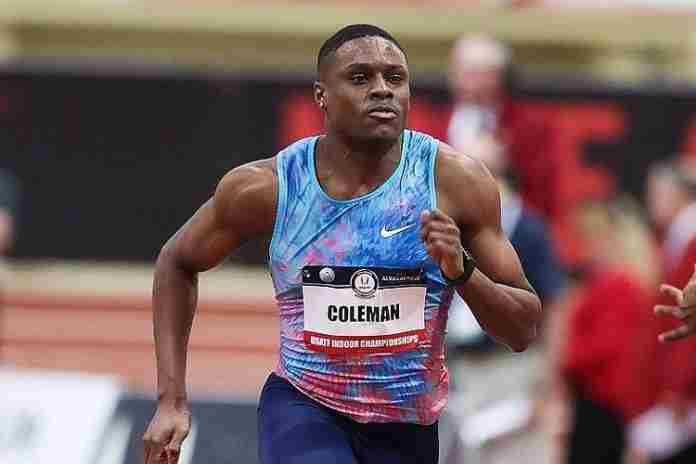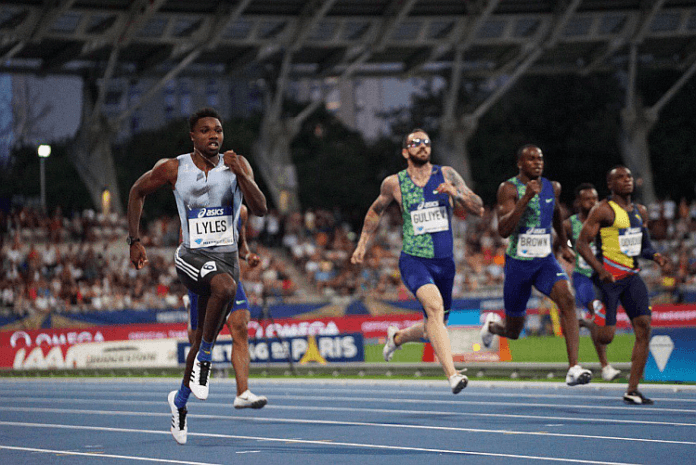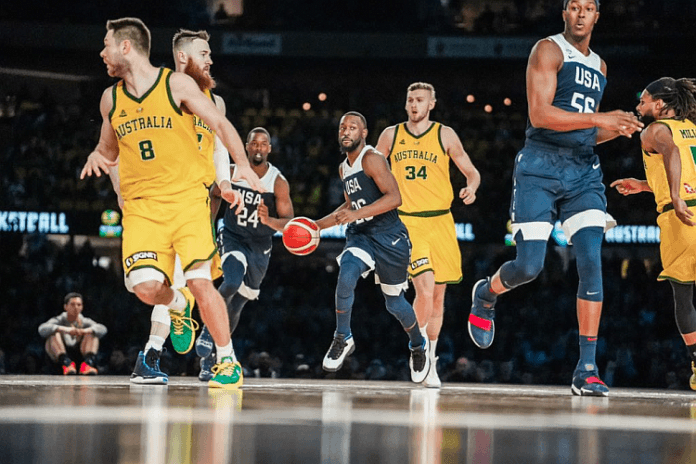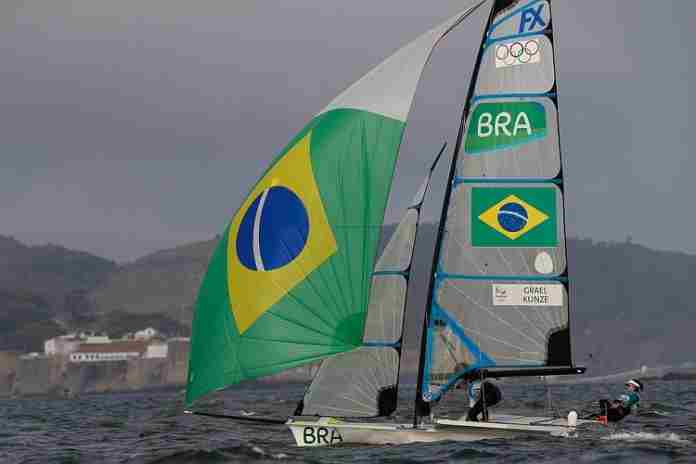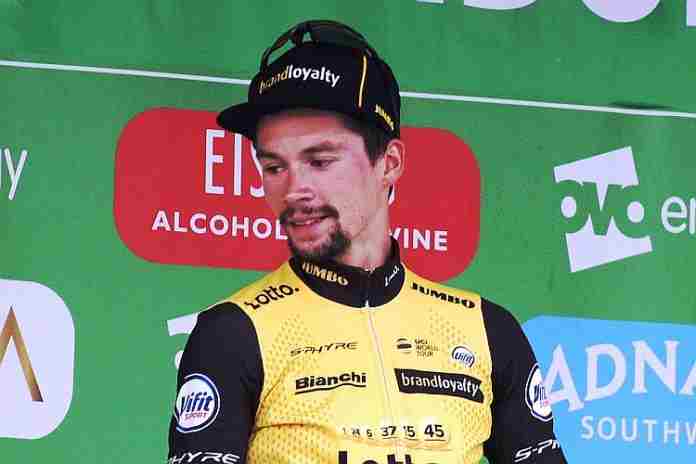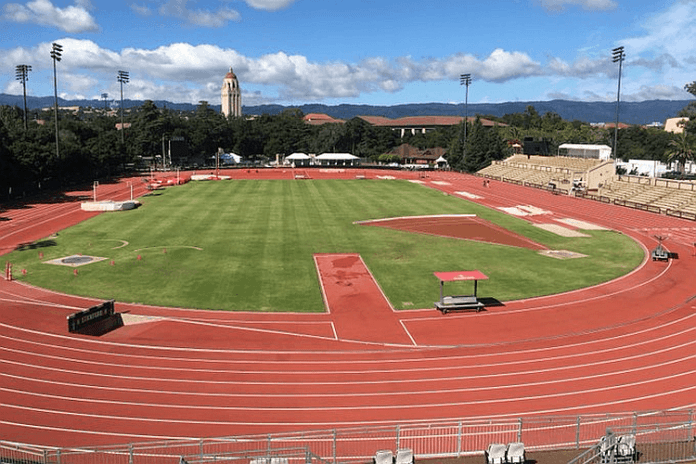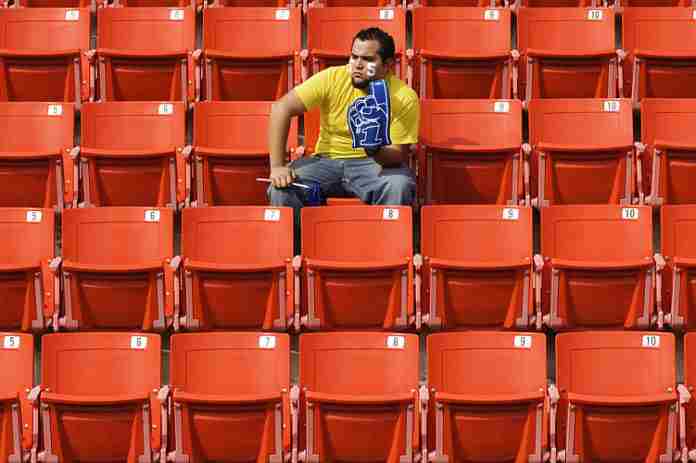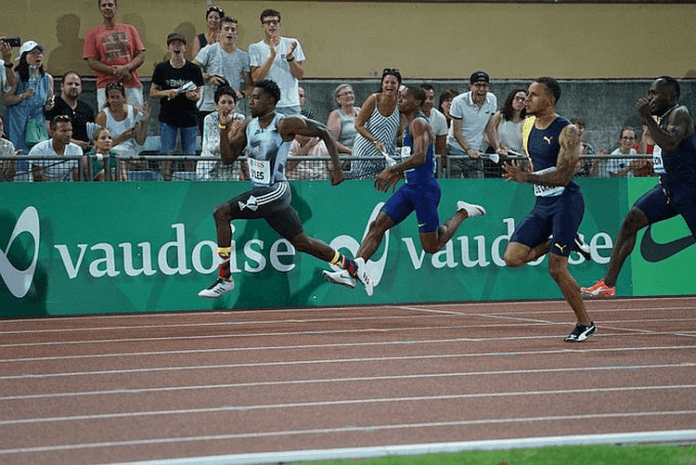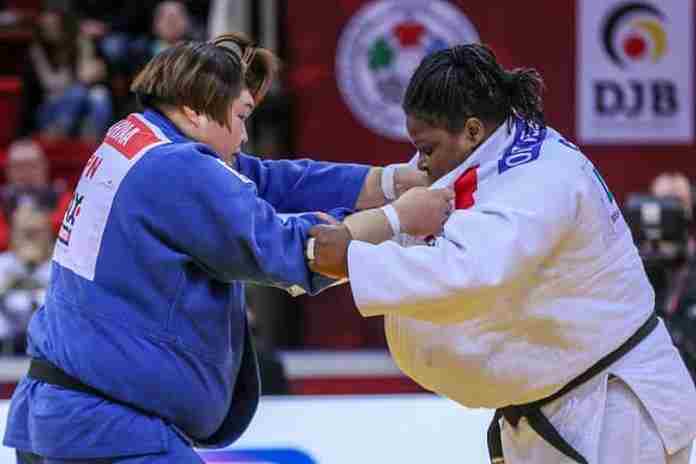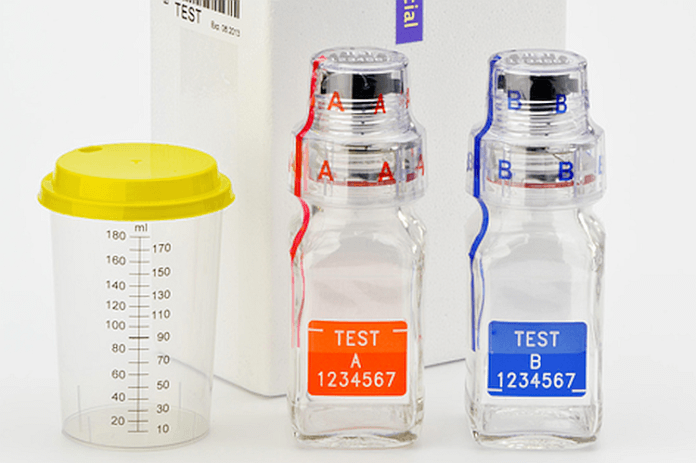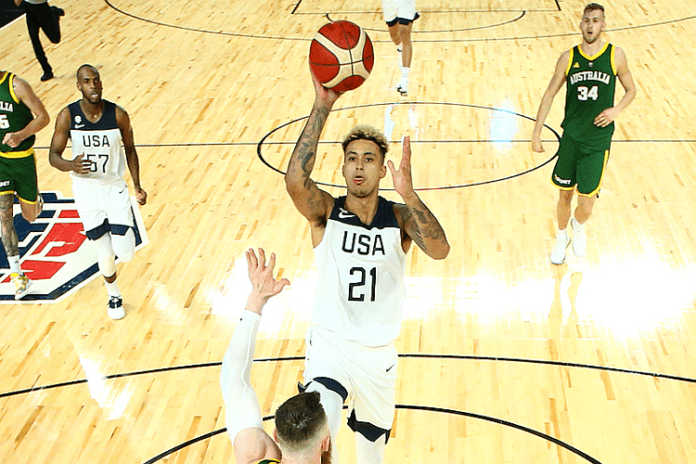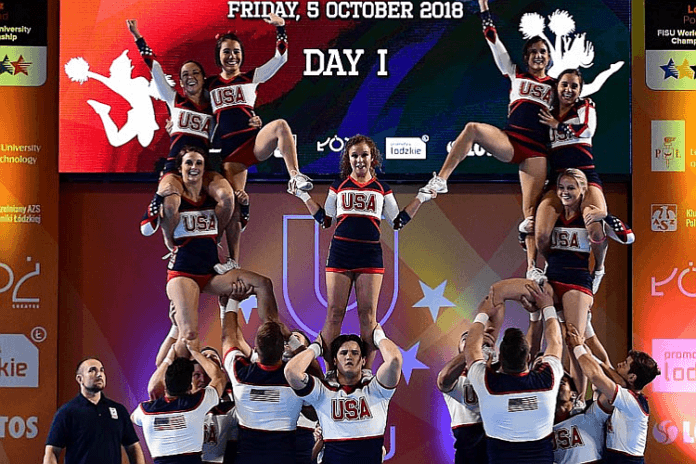≡ TSX DAILY ~ 26 August 2019 ≡
| 1. | LANE ONE: You can vote on the next class for the U.S. Olympic Hall of Fame, and here’s who to vote for!
A Hall of Fame for U.S. Olympic and Paralympic athletes has been more of an idea than a tangible reality, but with the opening of the U.S. Olympic and Paralympic Museum in 2020, the concept will be in bricks and mortar.
The idea started in 1979 and classes were selected and inducted from 1979-2012, when the process was stopped. It’s on again and the Class of 2019 is open for your voting through 3 September here.
There are 15 Olympians nominated for five spots, plus nine Paralympians for three slots and three Olympic teams for one spot. Just looking at the Olympians today, the nominees:
● Gary Anderson, Shooting: 1960-64-68 Olympian ~ 2 medals
● Greg Barton, Canoe/Kayak: 1984-88-92 Olympian ~ 4 medals
● Laura Berg, Softball: 1996-2000-04-08 ~ 4 medals
● Anne Donovan, Basketball: 1980-84-88; coach in 2004-08 ~ 2 medals
● Lisa Leslie, Basketball: 1996-2000-04-08 ~ 4 medals
● Nastia Liukin, Gymnastics: 2008 ~ 5 medals
● John Mayasich, Ice Hockey: 1956-60 ~ 2 medals
● Misty May-Treanor, Beach Volleyball: 2000-04-08-12 ~ 3 medals
● Jonny Moseley, Freestyle Skiing: 1998-2002 ~ 1 medal
● Apolo Anton Ohno, Short Track Speedskating: 2002-06-10 ~ 8 medals
● Mark Reynolds, Sailing: 1988-92-96-2000 ~ 3 medals
● Angela Ruggiero, Ice Hockey: 1998-2002-06-10 ~ 4 medals
● John Smith, Wrestling: 1998-92 (athlete); 2000 (coach) ~ 2 medals
● Dara Torres, Swimming: 1984-88-92-2000-08 ~ 12 medals
● Brenda Villa, Water Polo: 2000-04-08-12 ~ 4 medals
Who to vote for? Lots of medals is good and so is longevity, as stretching career over multiple Games that are four years apart is pretty difficult.
Some hard choices had to be made, but you can see The Sports Examiner’s ballot choices in Lane One here.
| 2. | ATHLETICS: Sensational wins in Paris for Noah Lyles (200 m), Daniel Roberts (110mH) and Will Claye (TJ)
The final “regular-season” meet in the IAAF Diamond League was a doozy at the Stade Charlety in Paris, with tremendous performances from several American stars:
● Noah Lyles steamed around the turn and ran away from reigning World Champion Ramil Guliyev to win the 200 m in 19.65, his second-fastest time ever, and erased yet another meet record held by Jamaican legend Usain Bolt.
● Daniel Roberts won the 110 m hurdles in a sparking 13.08, defeating 2016 Olympic silver medalist Orlando Ortega (ESP: 13.14), with NCAA champ Grant Holloway leading in the middle of the race, but fading to sixth (13.25).
● Will Claye (pictured) is having a career year, after getting married, releasing new music and now defeating Olympic and World Champion – and former Florida teammate –Christian Taylor in the triple jump. Taylor took the lead in the fifth round at 17.82 m (58-5 3/4), but Claye responded with a thunderous 18.06 m (59-3) mark to win. It’s the no. 2 mark in the world this year, behind only his 18.14 m (59-6 1/4) earlier this year. As Claye noted, it’s an especially good sign with the World Championships coming up because it was his longest jump ever outside of the U.S.!
A new star on the horizon is Hanna Green, who hadn’t broken two minutes in the 800 m until this season, but defeated most of the top contenders for the Worlds in 1:58.39 with a smart, patient race that saw her race by almost everyone in the final 200 m. Why the improvement? “The big thing for me this year is just not being injured, I’ve been able to get through all the big workouts and because of that I’ve brought a lot more confidence into races.”
Sam Kendricks of the U.S. won the pole vault at 6.00 m (19-8 1/4); Norway’s Karsten Warholm ran brilliantly again to win the 400 m hurdles in 47.26 and Tom Walsh of New Zealand won the shot put at 22.44 m (73-7 1/2) ahead of American Joe Kovacs (22.11 m/72-6 1/2).
The first of two Diamond League finals comes on Thursday (29th) at the Weltklasse im Zurich meet, with the other events on 6 September in Brussels (BEL). More coverage from the Meeting de Paris here.
| 3. | ATHLETICS: Christian Coleman to have doping-violations hearing on 4 September
“I’m not a guy who takes any supplements at all, so I’m never concerned about taking drug tests, at any time. What has been widely reported concerning filing violations is simply not true. I am confident the upcoming hearing on September 4th will clear the matter and I will compete at World Championships in Doha this fall. Sometime after the hearing, I will be free to answer questions about the matter, but for now I must reserve and respect the process.”
That was 100 m world leader Christian Coleman’s comment to NBC analyst Ato Boldon, shared during the Meeting de Paris telecast on Saturday. The U.S. Anti-Doping Agency added its own comment later that:
“Mr. Coleman has agreed to have the three-person independent American Arbitration Association/North American Court of Arbitration for Sport (AAA/CAS) arbitration panel hear the case on September 4 and issue its decision by the end of the following day, well before the IAAF World Championships.”
The USADA, working in conjunction with the Athletics Integrity Unit, claims that Coleman has missed reporting his “whereabouts” three times in a 12-month period, which is grounds for sanctions, including suspension for more than a year.
Interestingly, the Diamond League final in the men’s 100 m is this Thursday in Zurich. Will Coleman be there? If so, what will the crowd reaction be?
| 4. | BASKETBALL: U.S. men’s World Cup team looks to rebound vs. Canada
In case you missed it, the U.S. men’s national team lost a game on Saturday, losing to Australia, 98-94, in front of 52,079 at Marvel Stadium in Melbourne thanks to strong team rebounding, and 30 points from guard Patty Mills (of the San Antonio Spurs; more coverage here).
It was Australia’s first-ever win over the U.S. and ended an American winning streak of 78 straight games from 2006-19 in major international competitions and attached exhibition games. That run included Olympic gold medals in 2008-12-16 and the 2010-14 World Cups.
“The loss means that we need to play better,” said U.S. head coach Gregg Popovich. “It’s a measure of who you are. Nobody wins forever. This is a group of guys that’s worked very hard, like I said, to get to know each other and get to know a system. And whatever comes, we can handle. Our job is to try to get better every day. We learned some things tonight. We’re actually a better team now than at the start of the game, because of the knowledge from the game. So, now we move on.” (Inset: Jayson Tatum)
The U.S. plays Monday in Sydney against 23-ranked Canada, then will head to China for group play in the 2019 FIBA World Cup. The U.S.-Canada game will air on NBA TV starting at 5:30 a.m. Eastern time Monday morning.
| 5. | CANOE-KAYAK: Shocking win by American teen Nevin Harrison and double golds by Lisa Carrington headline Canoeing Worlds
It was prime time for the canoeing and kayaking world in Szeged, Hungary during the annual World Championships, with established stars like New Zealand’s Lisa Carrington and German Sebastian Brendel each taking home two gold medals.
But the shocker came when 17-year-old Nevin Harrison, who had shown promise on the World Cup circuit and is in the midst of a GoFundMe campaign to raise money for training and travel, upset a field with World Champs medal winners to win the C-1 200 m race and place herself in medal contention for Tokyo in 2020.
This race, especially, was in turmoil after a surprise doping positive was returned against 11-time World Champion Laurence Vincent-Lapointe (CAN; more here), but the silver and bronze medalists were back. Harrison was only third in her heat and second in her semi. But she was first to the line in the final. In case you’re wondering, the U.S. hasn’t won an Olympic medal in canoeing since 2004. Harrison’s win was the only U.S. medal at the 2019 Worlds.
Superstars Carrington and Brendel both won twice. Carrington took her seventh straight World title in the K-1 200 m and added the K-1 500 m as well. Brendel repeated as champ in the C-1 5,000 m and won the C-1 500 m and was second in the C-1 1,000 m.
Belarus won the most medals with 14 (6-4-4), followed by Hungary (12: 5-4-3) and Germany (11: 6-4-1). More here.
| 6. | CYCLING: Quintana takes first individual stage at La Vuelta; Vos takes over Women’s Tour
The last of the three annual Grand Tour is underway as the 74th La Vuelta Ciclista a Espana began with a team time trial on Saturday. This year’s route is especially brutal and very much made for climbers, as shown by Sunday’s win by Colombian Nairo Quintana, the 2016 winner.
He moved clear of Ireland’s Nicolas Roche in the final 3 km and won over Roche, Primoz Roglic (SLO), Rigoberto Uran (COL) and Fabio Aru (ITA) by five seconds. Because Roche’s team was faster in the time trial, he now wears the red leader’s jersey, with a two-second lead on Quintana.
Dutch star Marianne Vos won three of the four stages in the Ladies Tour of Norway and won the race for the third straight year. This time, she finished ahead of American Coryn Rivera by 29 seconds, the latter’s second straight medal in this race.
Vos’s domination was so complete that she collected enough points to take over the seasonal lead on the Women’s World Tour from countrywoman Annemiek van Vleuten, 1,467.00-1,367.67 with four races remaining. More cycling coverage here.
| 7. | JUDO: First World Champions crowned and Iran up to its old tricks vs. Israel
The 2019 World Judo Championships has begun in Tokyo, Japan at the famed Nippon Budokan hall where the sport was introduced at the 1964 Olympic Games and will be held against next year.
Sunday’s first day of competition saw the last two women’s world champs collide at 48 kg and Ukraine’s Daria Bilodid managed a second consecutive win over Japan’s Funa Tonaki, the 2017 Worlds winner. In the men’s 60 kg final, Lukhumi Chkhvimiani (GEO) won his first world title with a modest upset of Uzbek Sharafuddin Lutfillaev.
However, politics was also at play in Tokyo. Iran, which has a strong team, decided not to compete in the 2019 Worlds, except for defending 81 kg champion Saeid Mollaei (pictured above). Pressured by the International Judo Federation to stop avoiding matches against Israeli opponents, the Iranian Judo Federation and Iranian National Olympic Committee agreed in May that it would abide by the federation’s rules on non-discrimination.
So much for that. As for top-seed Mollaei, his draw will not place him in a bout with Israel’s no. 2-seeded Sagi Muki until the finals. Now that could be interesting.
| 8. | FOOTBALL: Massive crowd in Philadelphia for U.S. Women’s “Victory Tour” match
U.S. Soccer reported that more than 44,100 tickets have been sold for Thursday’s second “Victory Tour” match for the U.S. Women’s National Team at Lincoln Financial Field in Philadelphia.
It’s a record for a stand-alone friendly, as the U.S. women will face Portugal on Thursday beginning at 7 p.m. Eastern time and shown on FS1. According to the federation:
“The previous USWNT record for a stand-alone friendly – a game that was not a part of a World Cup, Olympics or a doubleheader – was set during the first match of the 2015 Victory Tour after that year’s FIFA Women’s World Cup triumph when 44,028 fans came out to Heinz Field, home of the NFL’s Pittsburgh Steelers, to watch the team defeat Costa Rica 8-0 on Aug. 16.”
The U.S.’s 3-0 victory over Ireland drew 37,040 to the Rose Bowl in Pasadena on 3 August and there are three more games scheduled after Thursday’s game.
| 9. | SCOREBOARD: Badminton history in Basel and a U.S. 1-2 in the Snowboard World Cup opener (!)
● Badminton: History made at the Total BWF World Championships in Switzerland, as Japan won the most medals, with China second. It’s the first time that the Chinese did not win the most medals since 1995, breaking a streak of 17 World Champs in a row. Japan’s Kento Momota was impressive as the repeat men’s Singles winner and India’s P. Sindhu Pusarla became a national hero with a world title after silver medals in 2017 and 2018.
● Rhythmic Gymnastics: Israel’s Linoy Ashram won three events and four total individual medals to headline the second FIG Rhythmic Gymnastics World Challenge Cup in Cluj Nopaca, Romania.
● Snowboard: Believe it or not, the FIS Snowboard World Cup season started at the Winter Games NZ in Cardrona with a Big Air competition. American Chris Corning defended his 2018 win with two spectacular runs, while 2018 OWG Slopestyle gold medalist Red Gerard was second.
● Table Tennis: Youth ran wild at the ITTF World Tour Czech Open in Olomuoc (CZE), as 18-year-old Yun-Ju Lin (TPE) won his first World Tour men’s Singles title and the Korean pair of Daeseong Cho (16) and Yubin Shin (14) took the Mixed Doubles crown. China’s Xingtong Chen (22) won her second straight World Tour event in the women’s Singles.
| 10. | THE LAST WORD: U.S. hurdles star Grant Holloway, the world leader at 12.98, was only sixth on Saturday, but he had the best responses at the pre-Meeting de Paris news conference:
● “Why did I give up American Football? Because I want to walk when I’m 30.”
● “I trust my coach. I trust my training. I was able to peak at NCAAs and I’ll be able to peak again in October.”





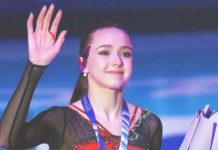






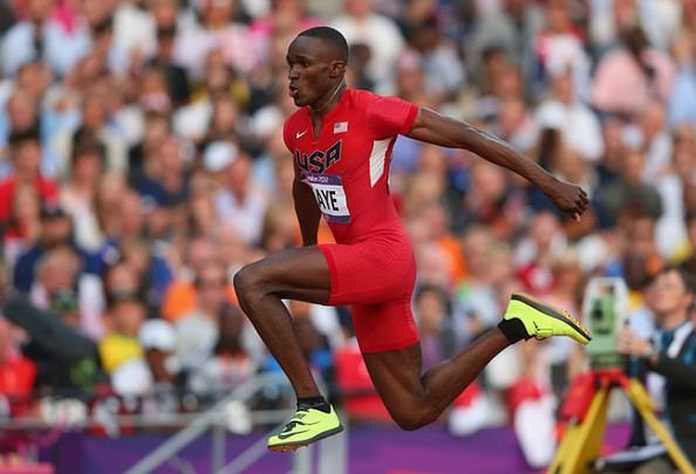
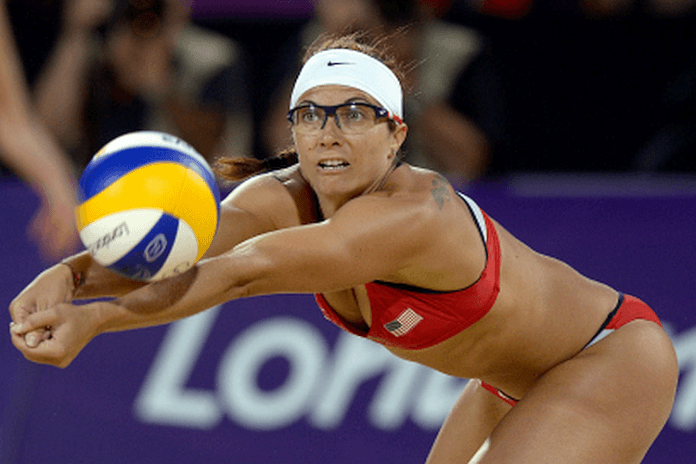
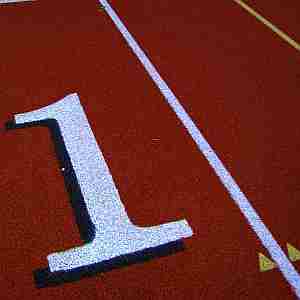 The concept of a U.S. Olympic Hall of Fame got going pretty late, conceived in 1979 and only admitting its first class in 1983. There was no separate building for it, and there still isn’t. But there will be soon.
The concept of a U.S. Olympic Hall of Fame got going pretty late, conceived in 1979 and only admitting its first class in 1983. There was no separate building for it, and there still isn’t. But there will be soon.